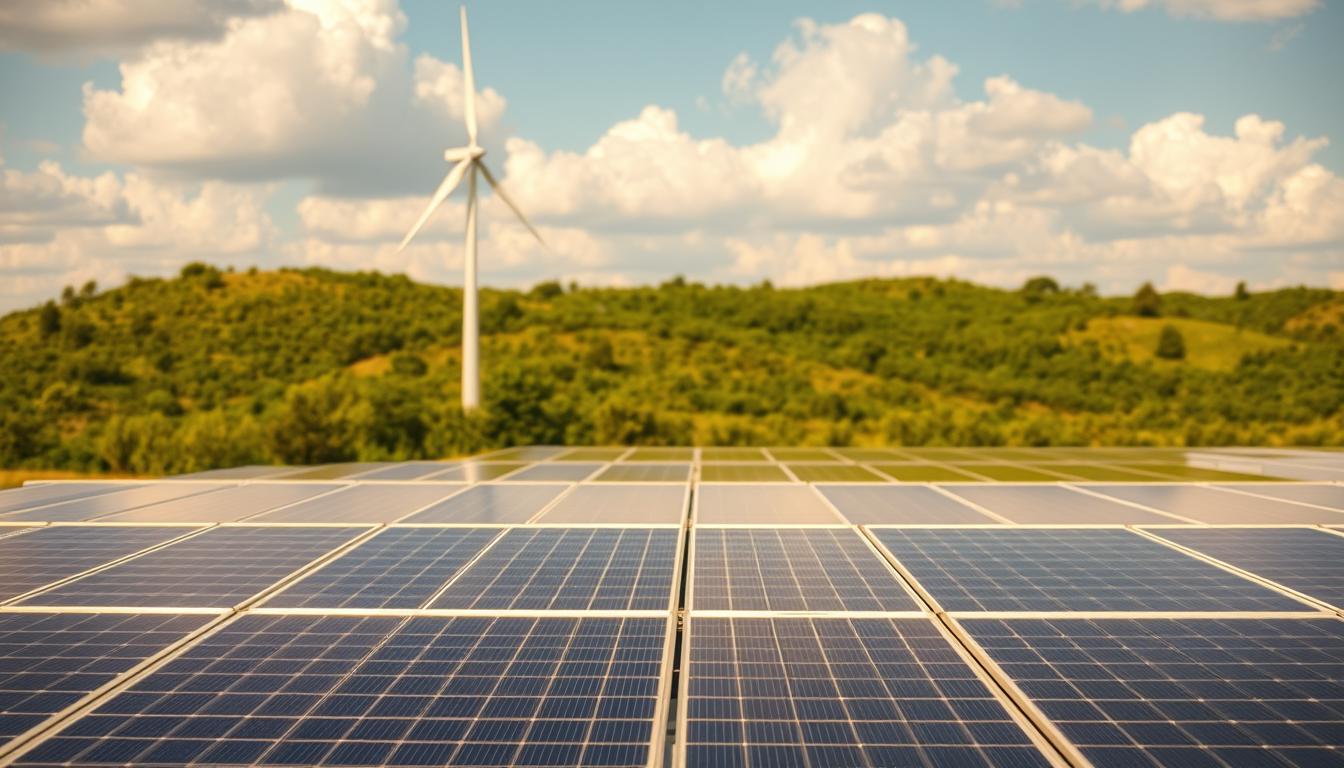Now Reading: Safeguarding Your NFT Art: Storage Tips
- 01
Safeguarding Your NFT Art: Storage Tips
Safeguarding Your NFT Art: Storage Tips

Digital art ownership has evolved dramatically with the rise of NFTs, but protecting these assets goes beyond basic security. As the tech behind digital collections advances, creators and collectors face a dual challenge: ensuring secure storage while addressing growing environmental concerns tied to their platforms.

Recent regulations, like the EU’s MiCA standards, now require transparency about energy use in digital asset systems. Over 70 nations have committed to net-zero emissions goals, pushing platforms to adopt greener practices. Tools such as PwC’s assessment framework help organizations measure their impact and choose eco-friendly solutions without compromising security.
Artists and collectors must weigh infrastructure choices carefully. Some networks consume far more energy than others, directly affecting long-term sustainability. By prioritizing low-impact technologies, stakeholders can protect their investments while aligning with global climate initiatives.
Key Takeaways
- NFT storage decisions impact both security and environmental sustainability
- Global regulations now mandate energy-use transparency for digital platforms
- Specialized tools help quantify and reduce ecological impacts
- Energy-efficient networks minimize long-term climate consequences
- Art collectors should prioritize platforms with verified green practices
Exploring Blockchain Sustainability and Environmental Impacts
The digital revolution reshaping global industries brings urgent questions about resource use. While decentralized systems offer transformative potential, their operational demands reveal complex ecological trade-offs requiring careful analysis.
Technology Growth Meets Power Demands
Decentralized networks now support everything from art ownership tracking to supply chain management. However, their security protocols demand significant computational power. Bitcoin’s validation process used more electricity than Pakistan’s 230 million residents during 2020-2021, according to recent data.
Beyond Watts: The Full Ecological Picture
Energy use tells only part of the story. Hardware turnover creates e-waste, while fossil-fuel-powered mining operations amplify greenhouse gas outputs. A recent industry analysis shows how location impacts emissions – regions using renewables cut ecological harm by up to 76% compared to coal-dependent areas.
New regulations are driving change. The EU’s Markets in Crypto-Assets framework now mandates sustainability disclosures, pushing platforms toward efficient validation methods. These shifts help collectors choose systems aligning with global climate goals while protecting digital assets.
Mitigating the blockchain carbon footprint: Storage Strategies for NFT Art
As NFT art gains value, sustainable storage becomes as crucial as theft prevention. Stakeholders must address both asset protection and energy consumption through informed platform selection and operational practices.

Secure Storage Solutions and Best Practices
Choosing platforms with energy-efficient validation methods slashes power demands by up to 99% compared to traditional systems. The PwC framework helps evaluate networks based on:
- Energy-per-transaction metrics
- Hardware lifecycle management
- Transparency in emissions reporting
Leading galleries now prioritize proof-of-stake networks over energy-intensive alternatives. This shift reduces environmental harm while maintaining military-grade encryption for digital collections.
Integrating Renewable Energy to Reduce Emissions
Hydropower drives 16% of crypto mining operations, outperforming solar and wind combined. Platforms sourcing electricity from dams or nuclear plants cut emissions by 76% versus coal-dependent rivals. However, only 7% of networks currently meet strict renewable energy benchmarks.
Collectors can push for change by:
- Supporting carbon offset programs
- Demanding third-party energy audits
- Investing in solar/wind-powered storage platforms
These actions create market pressure for greener infrastructure while protecting digital assets long-term.
Assessing Energy Sources and Consumption in Blockchain Operations
The environmental costs of securing digital assets come into sharp focus when examining global energy patterns. Current practices reveal stark contrasts between regions and fuel types, shaping both ecological impacts and long-term platform viability.

Fossil Fuels versus Renewable Energy in Crypto Mining
Coal dominates bitcoin mining operations, supplying 45% of total energy needs. Natural gas follows at 21%, while renewables like hydropower (16%) and nuclear (9%) trail behind. Solar and wind contribute just 7% combined – a gap highlighting urgent sustainability challenges.
Geographic distribution amplifies these issues. Ten countries account for 94% of mining’s environmental impact. China’s coal-reliant operations alone would require planting 2 billion trees to offset emissions. Meanwhile, nations like Kazakhstan attract miners with electricity prices three times cheaper than the U.S., often using non-renewable sources.
Water usage remains a hidden cost. Mining consumed 1.65 km³ annually – enough for 300 million people’s basic needs. This occurs alongside hardware turnover creating e-waste mountains.
- Coal powers nearly half of all cryptocurrency validation processes
- Renewable-rich regions show 76% lower emissions than coal-dependent areas
- Cheap electricity markets prioritize profit over sustainable mining software solutions
As regulations tighten, platforms must transition to cleaner energy sources. The shift requires addressing both power generation and equipment lifecycle impacts – key steps toward eco-conscious digital asset management.
Innovative Regulatory Frameworks and Technological Advances in Blockchain Sustainability
Global efforts to balance technological progress with ecological responsibility are reshaping how digital platforms operate. New standards combine regulatory oversight with cutting-edge measurement tools, creating actionable paths for greener operations.

ESG Reporting and Environmental Impact Methodologies
Transparency drives change. PwC’s Blockchain Sustainability Framework sets benchmarks for tracking electricity use, greenhouse gas outputs, and hardware lifecycle impacts. This standardized approach helps organizations:
- Compare energy consumption across networks
- Identify improvement areas in supply chains
- Align operations with global climate targets
The EU’s MiCA Regulation now mandates these assessments for crypto service providers. Over 78% of platforms using such frameworks report faster adoption of renewable sources.
Case Study: The Stellar Development Foundation’s Sustainability Approach
Stellar’s collaboration with PwC revealed surprising data. Their network uses less annual electricity than 40 average U.S. households – a stark contrast to energy-intensive alternatives. Key findings include:
- 481,324 kWh yearly consumption (equivalent to 173 tons of CO₂)
- Carbon removal initiatives offsetting historical emissions since 2015
- Proof-of-history mechanisms reducing energy demands by 99%
This study demonstrates how smaller networks achieve functionality without excessive environmental impacts. As regulations tighten, such models offer viable templates for sustainable growth.
Charting a Greener Future for NFT Art and Blockchain Innovation
The path to sustainable digital art demands bold innovation and global cooperation. UN researchers stress that unchecked cryptocurrency mining could push Earth’s temperature beyond critical thresholds. Bitcoin’s 2021-2022 emissions alone require planting trees across an area seven times larger than New York City – a stark reminder of urgent action needed.
Emerging energy-efficient protocols offer hope. Networks using renewable-powered validation cut electricity use by 99% compared to traditional methods. These advancements align with climate goals while protecting digital collections. Support for ESG-focused crypto investment drives market shifts toward responsible practices.
Water consumption adds complexity. Mining operations use resources equivalent to 300 million people’s annual needs – highlighting equity concerns. Global regulations must address these hidden costs through transparency mandates and tech standards.
Artists and collectors hold power. By prioritizing platforms with verified green credentials, they accelerate industry-wide change. The future lies in balancing creativity with ecological stewardship – proving innovation can thrive without compromising our planet.
FAQ
How does blockchain technology contribute to environmental concerns?
High electricity usage from proof-of-work consensus mechanisms, particularly in crypto mining, generates significant greenhouse gas emissions. A 2022 White House report highlighted that Bitcoin mining alone accounted for 0.3% of global electricity consumption, comparable to countries like Sweden.
What strategies exist to reduce crypto-related emissions?
Transitioning to renewable energy sources, adopting energy-efficient protocols like proof-of-stake, and implementing carbon offset programs. The Stellar Development Foundation, for example, uses a low-energy consensus model and partners with clean energy initiatives to minimize its climate impact.
Are certain energy sources prioritized in crypto mining operations?
While some mining hubs rely on coal-powered grids (e.g., regions in China), others leverage hydroelectric or geothermal power. El Salvador’s Bitcoin mining infrastructure, for instance, uses volcanic geothermal energy to power its facilities sustainably.
How can NFT creators minimize their environmental footprint?
Storing digital art on decentralized platforms like IPFS or Arweave reduces reliance on energy-intensive networks. Pairing this with renewable-powered marketplaces such as Nori or platforms using Polygon’s proof-of-stake chain enhances sustainability.
What regulatory measures target blockchain’s climate impacts?
The EU’s Markets in Crypto-Assets (MiCA) framework mandates emissions disclosures for crypto firms, while California’s SB 1383 enforces carbon-neutrality goals affecting tech operations. Companies like Ripple now publish annual ESG reports tracking energy usage per transaction.
Can renewable energy fully mitigate blockchain’s environmental impact?
While solar/wind integration lowers emissions, scaling solutions like Ethereum’s post-merge energy reduction (99.95% drop) prove systemic changes are vital. Hybrid models combining renewables with energy recycling—like heat reuse from mining farms—show transformative potential.














